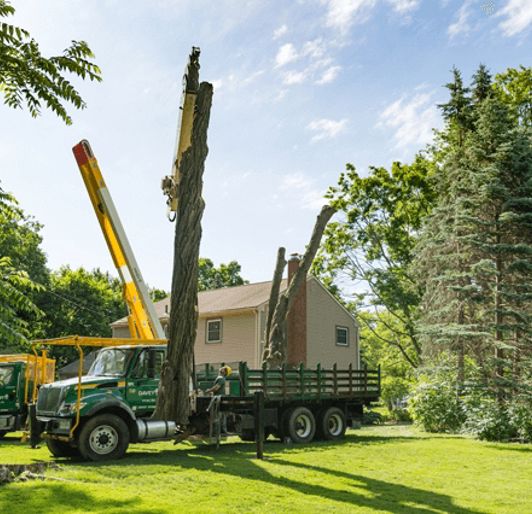All Categories
Featured
The removal of trees can produce open rooms that are prone to weed intrusion. When trees exist, their dense covers often shade the ground, restricting the amount of sunlight that reaches the dirt. However, after the elimination of trees, these open areas obtain boosted sunlight, providing optimal conditions for weed growth.

They might suggest the use of mulch, which acts as a protective obstacle on the dirt surface area, stopping weed seeds from sprouting and subduing weed development.

The existence of trees cultivates an abundant and varied neighborhood of dirt microorganisms. Tree origins supply a source of natural matter, exudates, and nutrients that sustain the growth and activity of useful dirt microorganisms. When trees are removed, the lack of their origins can interfere with the fragile equilibrium of the dirt's microbial environment.
What Is The Best Tree Services Wollongong Service?
This modification in pH can impact nutrient availability, microbial activity, and overall dirt health. To resolve the impacts of tree cutting on dirt pH, tree elimination professionals can offer important advice. They may recommend dirt testing to examine the existing pH levels and identify the needed changes. Based upon the outcomes, specialists can suggest pH change approaches, such as adding lime to elevate dirt pH or including important sulfur to lower it.

It refers to the compression of dirt bits, resulting in minimized pore room and raised dirt thickness. This compaction can negatively affect the soil's capability to function efficiently, affecting its water-holding capacity, nutrition accessibility, and root penetration. Proper methods employed by tree removal professionals can aid minimize compaction and preserve the dirt's ability to keep water, and permit appropriate air flow and mindful equipment handling.
Latest Posts
What Is The Best Tree Services Wollongong Software?
What Is The Best Tree Removal Wollongong App?
What Is The Best Tree Arborist Wollongong?